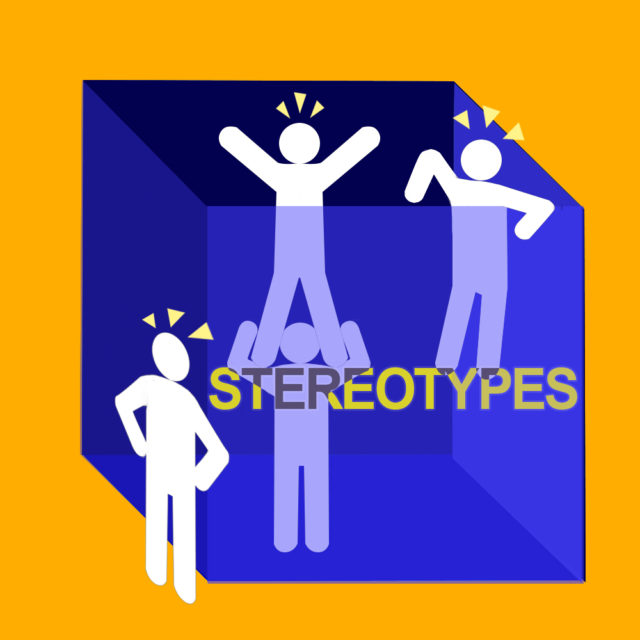Stereotypes act as reflections of widely-held beliefs about certain groups. Although our society works toward inclusion and cultural appreciation, stereotypes continue to exist though in evolved form.
The prevalence of positive stereotypes such as “Asians are good at math,” “women are innately nurturing” and “Blacks are athletic” have seeped into our social thought. References to these positive stereotypes are rarely met with backlash, because they are in essence optimistic about marginalized individuals, yet studies show that positive stereotypes often do more harm than negative stereotypes.
Positive stereotypes are microaggressions, everyday behavior that expresses a prejudiced attitude. As members of society, it is our responsibility to recognize them as so and speak out against them.
Dr. Alexander M. Czopp from Western Washington University led a report published in the Association for Psychological Science which outlined the evolution of stereotypes toward black Americans, Asian Americans, and gay men. Slavery-era attitudes toward black Americans stereotyped them as intellectually inferior during slavery but have now evolved to acknowledge their athleticism and musical ability. Asian Americans were labelled as primitive and lazy during early immigration, but are now associated with high levels of wealth and intelligence. Gay men were formerly viewed as symbols of “moral deviance and abnormality” but are now also recognized as fashionable and sophisticated, according to Czopp’s research.
While the evolution of stereotypes indicates increased appreciation for marginalized groups, the fundamental issue of stereotypes remains: People are unfairly judged and categorized by a group rather than their individual self.
Such deindividuation — the loss of individual identity within a group — is especially harmful within America’s individualistic culture, in which people value and identify with their unique sense of self.
Broadly characterizing individuals based on their social groups, whether they are positive or negative assumptions, works to imply the existence of a “something fundamentally and naturally different about the group,” according to a study in the Journal of Social Psychology led by Dr. Aaron C. Kay from Duke University.
Simply put, stereotypes always conflict with notions of unity and equality.
The nature of positive stereotypes is akin to compliments. However, these seemingly positive and optimistic comments create a social standard that may become problematic for target groups.
“High expectations are useful and can be motivating, but they could have the opposite effect if the student knows they are present purely because of his or her group identity,” Czopp wrote.
Czopp found that positive stereotypes may steer targets away from prime performance and even from seeking opportunities for achievement. Expectant statements create what Czopp calls a “choking under pressure” effect in which targets “feel like their group membership is being inappropriately imposed on them.”
Positive stereotypes are “prescriptive” in nature, outlining expectations for members of a group. Negative stereotypes are “descriptive,” stating what members inherently are. Because negative stereotypes make more declarative statements, they are easier to refute as overtly false and recognize as offensive. However, positive stereotypes “may create an expectancy context that is more likely to encourage and reinforce stereotype-consistent behaviors,” according to Czopp.
Kay’s work agrees with Czopp’s assertion that positive stereotypes are more harmful than negative stereotypes. Kay said the decreased skepticism toward positive stereotypes makes them “especially potent means” for influencing people’s beliefs about groups as well as triggering the acceptance of negative stereotypes.
Because positive stereotypes are so widely socially accepted, protesters of these stereotypes are far more polarized from the majority than they would be if they were speaking out against negative stereotypes. Czopp said targets “may be perceived as hypersensitive complainers, thus discouraging future attempts to challenge stereotypes.”
Blaming targets can manifest itself in additional stereotypes, such as “black Americans are quick to anger,” “women are oversensitive” and “gay men are overdramatic.”
If people will not listen to the targets, we, as bystanders, are in privileged positions to be able to speak out without the weight of an assumed motive of self-preservation. In recognizing positive stereotypes for what they are at their root – ungrounded generalizations about a group – we gain a better lens to view the people around us.



